Published April-08-2025
Birding Bocas del Toro – The Ultimate Group Birding Destination
Explore 700+ bird species in Bocas del Toro, Panama. Join expert-led group birding tours through rainforests, wetlands, and cloud forests.

Renee
Owner/Operator at Tranquilo Bay Eco Adventure Lodge focusing on hospitality, hotel administration and volunteer efforts.

Birding Bocas del Toro – The Ultimate Group Birding Destination
Discover a World-Class Birding Destination
Bocas del Toro is one of the best places in the world for birdwatching. Located on Panama’s Caribbean coast, it is home to over 700 bird species. From colorful toucans in the rainforest to majestic raptors soaring along migration routes, this region offers unforgettable birding experiences.
Whether you're a birding club, research team, or a group of nature lovers, Bocas del Toro provides a diverse and accessible environment to see birds in their natural habitat. With expert guides, varied landscapes, and abundant wildlife, it’s the perfect location for group birdwatching tours.
A Unique Mix of Coastal, Rainforest, and Wetland Habitats
Bocas del Toro stands out because of its variety of birding environments. In a single trip, you can explore several habitats, increasing the number of bird species you see.
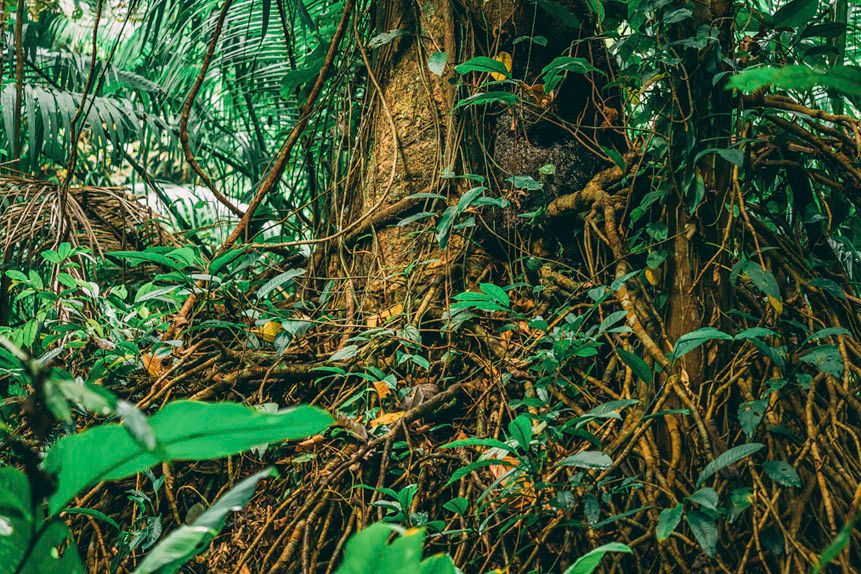
1. Coastal and Island Birding
- The archipelago is one of the best places in Panama to see seabirds.
- Isla Pájaros (Bird Island) is home to Red-billed Tropicbirds, a rare sight in most of Central America.
- Mangrove forests and shorelines attract herons, egrets, and kingfishers.
2. Lowland Rainforest and Jungle
- These forests are home to some of the most iconic tropical birds, including the Keel-billed Toucan and Montezuma Oropendola.
- Groups can observe manakins performing courtship dances and trogons perched in dense canopies.
3. Wetlands and Freshwater Lagoons
- These areas are perfect for spotting wading birds like Limpkin and Northern Jacana.
- Seasonal water levels attract migratory shorebirds, increasing species diversity.
4. Highland Cloud Forests
- Just beyond the lowlands, the high-altitude forests of Protector Forest Palo Seco provide another layer of biodiversity.
- This area is known for sightings of the Three-wattled Bellbird and Lattice-tailed Trogon.
An Essential Stop on the Migration Route
Bocas del Toro is more than just a birding paradise—it is also a key migration corridor. Every year, millions of birds pass through the region, making it an ideal location to witness large-scale migration events.
Why Migration Matters Here
- September – November: Peak season for raptor migration, with thousands of hawks and vultures flying overhead.
- March – May: Return migration for songbirds, tanagers, and warblers heading north.
- The region provides critical stopover points for birds to rest and feed before continuing their journey.
During peak migration, birders can see up to 5 million raptors soaring across the sky. This is a once-in-a-lifetime experience that makes Bocas del Toro one of the best places in the Americas to observe migration.
Why Bocas del Toro is Perfect for Group Birding Tours
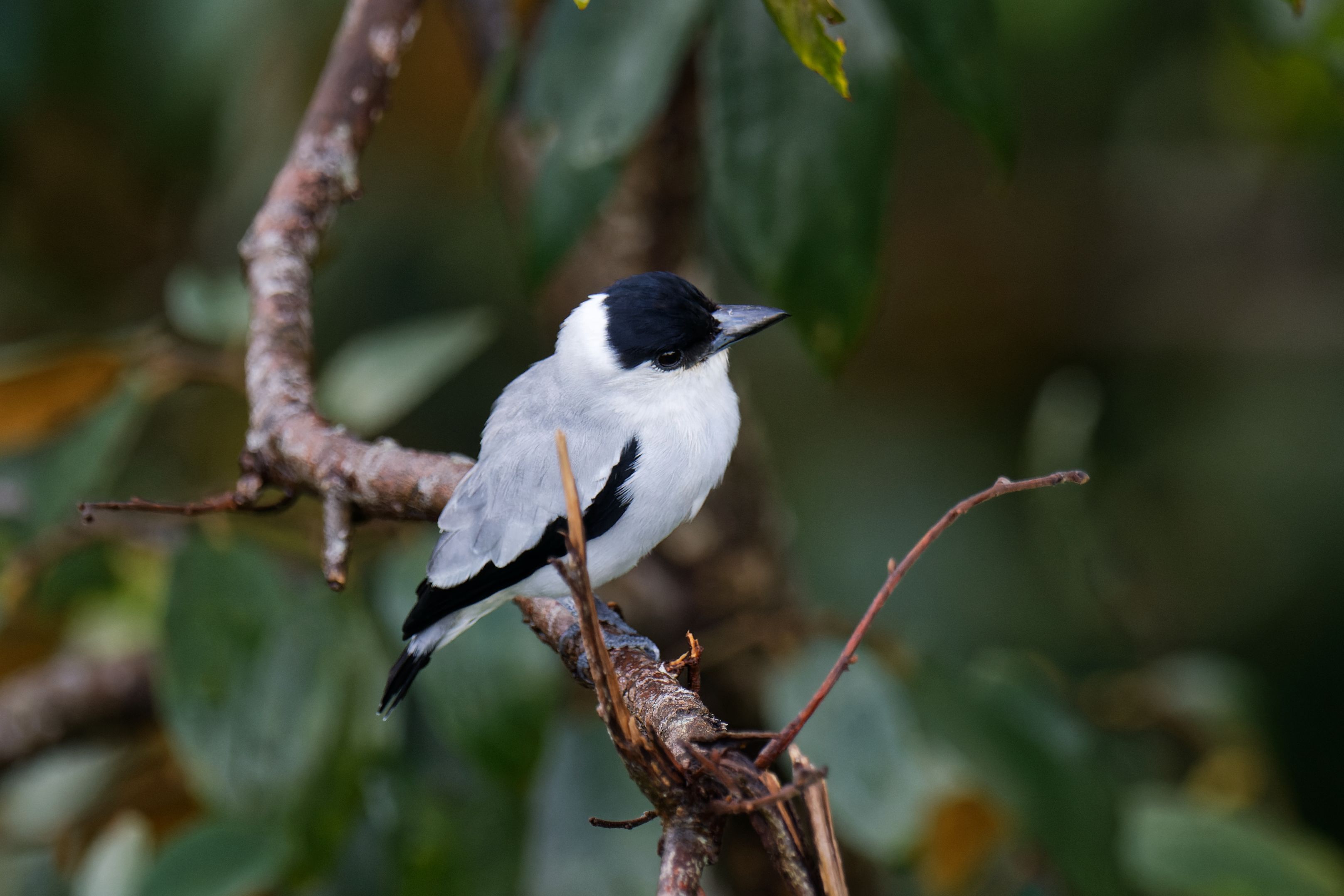
1. High Bird Diversity in One Destination
- With 700+ species recorded, the chances of seeing rare and endemic birds are high.
- Groups can visit multiple ecosystems in a short time, maximizing bird sightings.
2. Expert Birding Guides
- Local guides have in-depth knowledge of bird behaviors, habitats, and seasonal patterns.
- They help groups identify species quickly and understand their ecological importance.
3. A Mix of Relaxation and Adventure
- Groups can enjoy birding by boat, hiking through forests, and canopy-level observation.
- Comfortable eco-lodges provide easy access to birding hotspots without long travel times.
4. Suitable for All Experience Levels
- Beginners can enjoy easy-to-spot species like parrots and tanagers.
- Experienced birders can seek out elusive species like the Silver-fronted Tapaculo.
- Photographers can capture birds in a variety of stunning natural settings.
5. A Conservation-Focused Destination
- Many birding areas are protected reserves, ensuring sustainable tourism.
- Local eco-lodges and guides are committed to habitat preservation.
Why Bocas del Toro is a Top Birding Destination
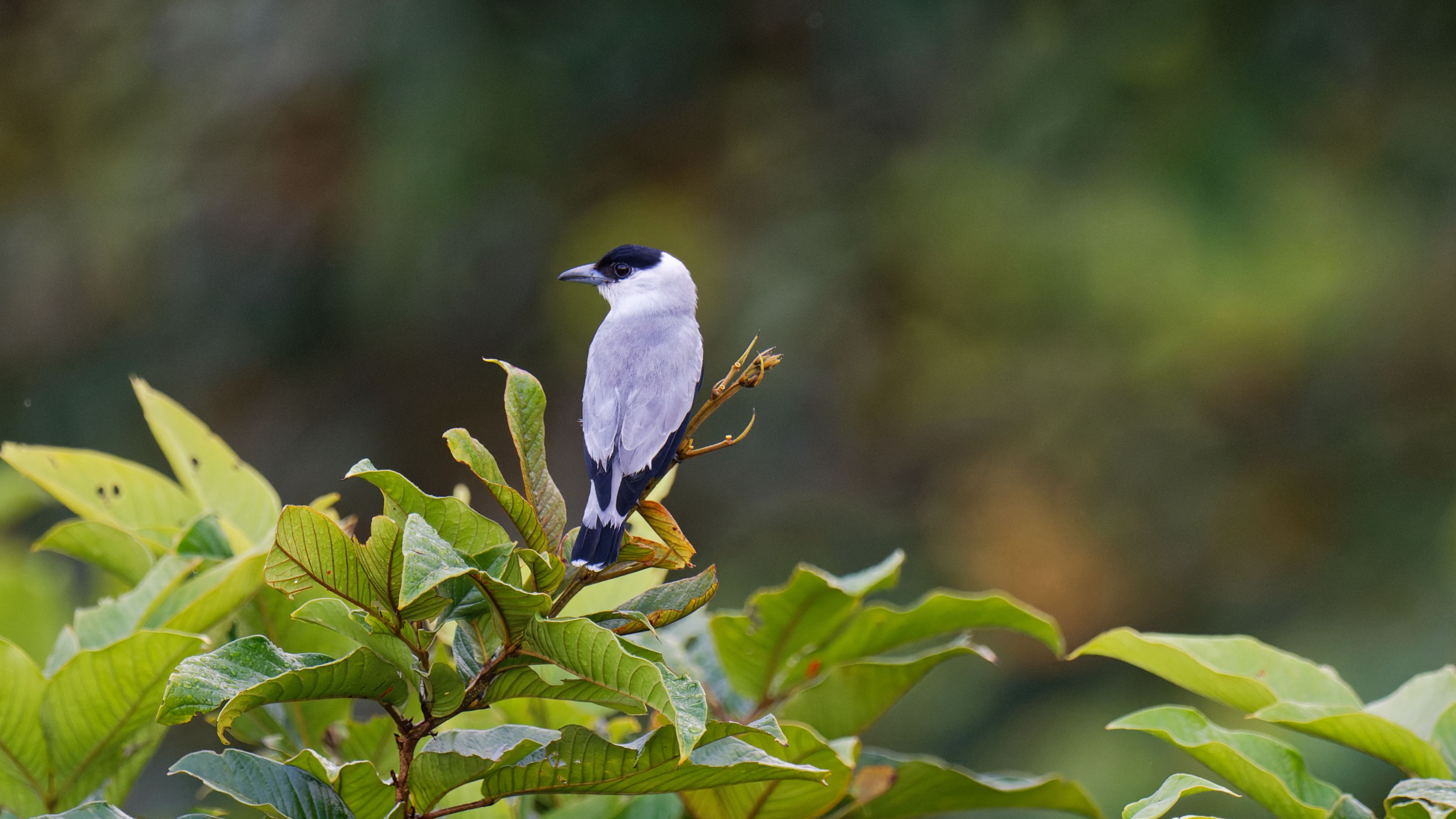
Bocas del Toro is one of the most bird-rich regions in Central America. Its diverse ecosystems, key role in migration routes, and abundance of rare and endemic species make it an essential destination for birdwatchers. Whether you’re exploring dense rainforests, coastal wetlands, or offshore islands, the variety of birds in Bocas del Toro is unmatched.
One of Panama’s Most Biodiverse Birding Locations
Bocas del Toro boasts 700+ recorded bird species, surpassing many well-known birding hotspots in Costa Rica. The province’s geographical diversity creates the perfect conditions for a wide range of resident and migratory birds to thrive.
Diverse Ecosystems That Attract Birds
Bocas del Toro is home to multiple ecosystems, each supporting unique bird species:
- Rainforests: The lush tropical forests of Bocas house species like the Montezuma Oropendola, Keel-billed Toucan, and Purple-throated Fruitcrow.
- Wetlands & Freshwater Lagoons: These areas attract herons, gallinules, kingfishers, and migratory shorebirds.
- Mangrove Forests: Ideal for spotting Yellow Warbler (Mangrove), Mangrove Cuckoo (seasonally), American Pygmy Kingfishers, and Yellow-crowned Night Herons.
- Coastal & Marine Environments: Offshore islands like Isla Pájaros provide nesting grounds for seabirds, including the Red-billed Tropicbird and Brown Booby.
Endemic & Rare Species Found in Bocas del Toro
Bocas del Toro is a prime destination for birders searching for rare and range-restricted species. Some of the most sought-after birds include:
- Snowy Cotinga – A ghostly white bird found in lowland forests.
- Three-wattled Bellbird – Known for its loud, metallic call that echoes through the cloud forests.
- Montezuma Oropendola – Recognizable by its striking colors and hanging nests.
With such high biodiversity in a small area, birding groups can experience a wide variety of species in just a few days.
Prime Location for Bird Migration Observations
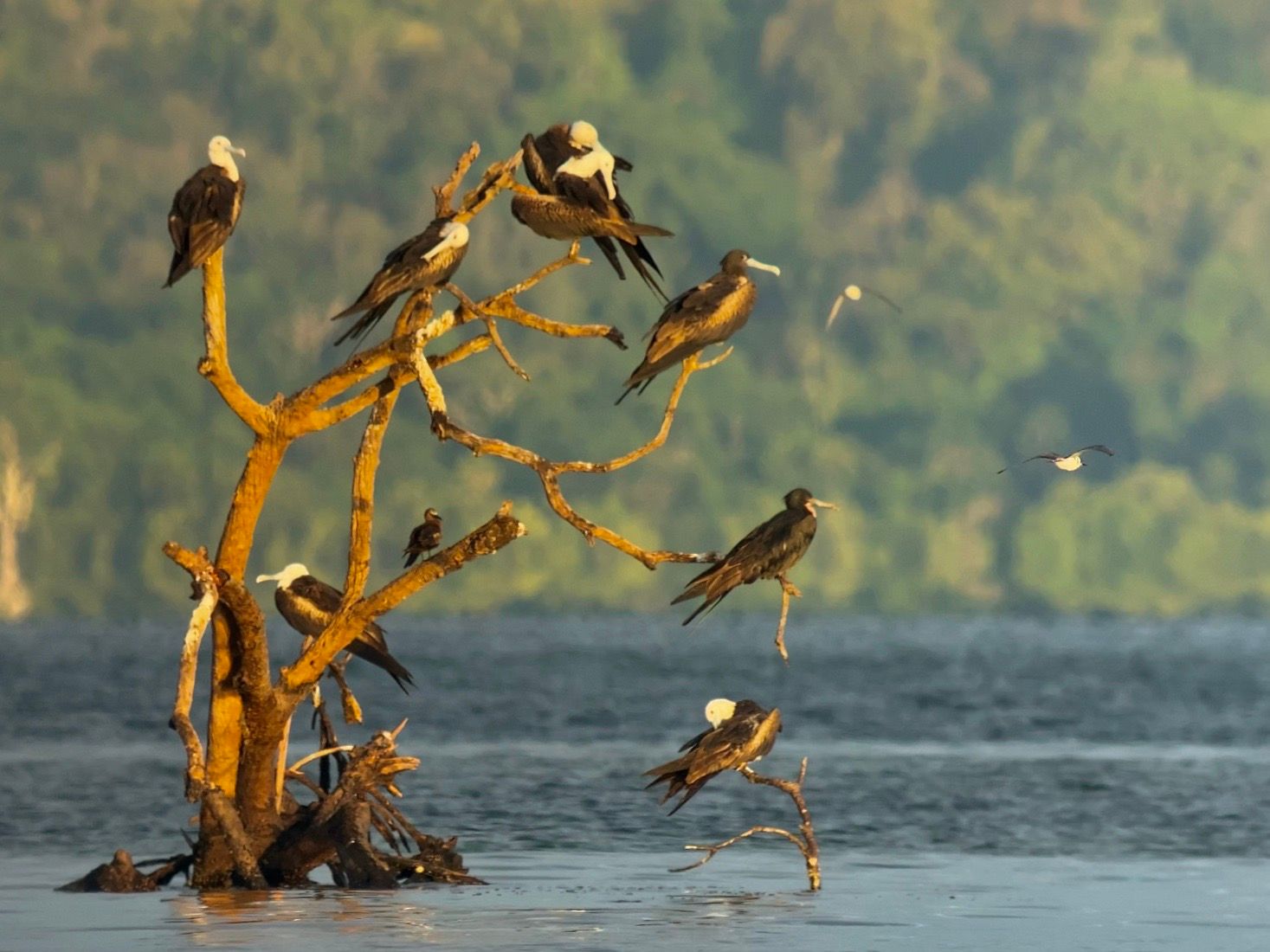
Bocas del Toro is positioned along the Mesoamerican Flyway, one of the major migration corridors in the Americas. This makes it one of the best locations to witness bird migration, attracting thousands of birders each year.
Key Migration Periods & What to Expect
During migration seasons, birding groups can witness spectacular movements of raptors, songbirds, and shorebirds.
- September – November: The peak of raptor migration, with thousands of Turkey Vultures, Broad-winged Hawks, and Swainson’s Hawks soaring overhead.
- March – May: Spring migration brings neotropical songbirds, such as warblers and tanagers, as they return north.
Up to 5 Million Raptors Counted Per Season
Bocas del Toro is one of the best places in Central America to witness raptor migration. On peak migration days, birders can see tens of thousands of hawks riding thermal currents, creating an awe-inspiring display in the sky.
Birding groups can observe this spectacle from elevated viewpoints, observation towers, or coastal areas where these birds funnel through the landscape.
Unique Birds to Spot in Bocas del Toro
Bocas del Toro is home to a stunning variety of birds, from small migratory warblers to large, forest-dwelling species. Whether in lowland jungles, highland cloud forests, or coastal areas, every location provides incredible birding opportunities.
Forest Specialists
- Black-crowned Tityra – Often found in forest edges, perched quietly as it scans for insects.
- Band-tailed Barbthroat – A lesser-known hummingbird species that thrives in dense undergrowth.
- Golden-collared Manakin – Famous for its leaping courtship displays deep in the rainforest.
Migratory Warblers
During migration, birders can spot colorful warblers traveling through Bocas del Toro. These include:
- Blackburnian Warbler – Recognizable by its bright orange throat.
- Golden-winged Warbler – A highly sought-after species due to its striking black, white, and yellow markings.
- Prothonotary Warbler – Often seen in wetland areas and mangroves.
- Black-throated Green Warbler – A cloud forest specialist, commonly found in higher elevations near Protector Forest Palo Seco.
Rare & Endemic Species
For experienced birders looking for rare species, Bocas del Toro provides plenty of opportunities:
- Three-wattled Bellbird – This bird’s loud, bell-like calls can be heard from a distance.
- Red-fronted Parrotlet – It is a winged jewel of the forest, more often heart than seen, as it flies swiftly.
- Bare-necked Umbrellabird – A rare and mysterious bird, known for its distinctive crest and deep calls.
Why Bocas del Toro Should Be on Every Birder’s List
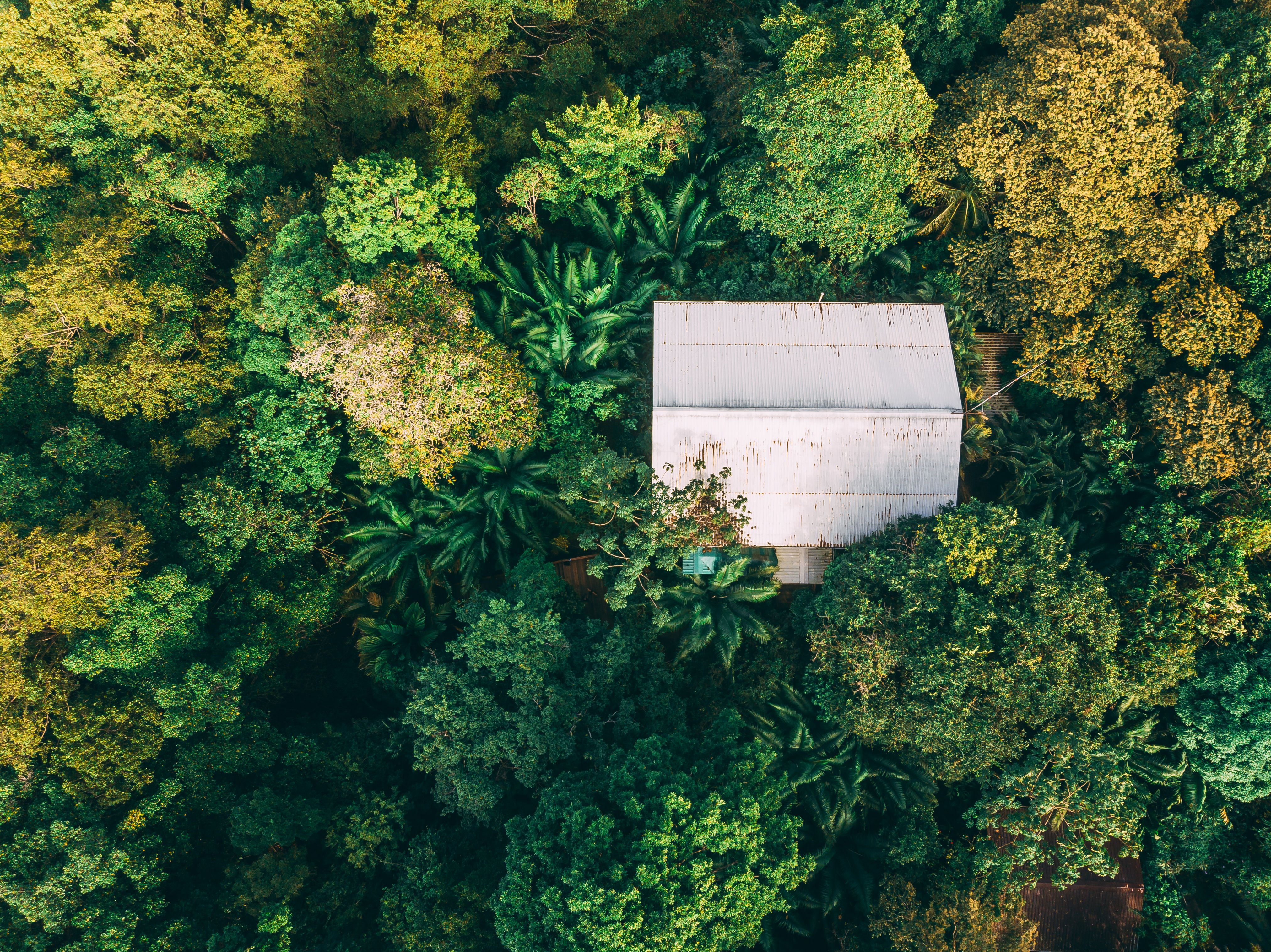
Bocas del Toro is one of the most diverse and exciting birding destinations in the Americas. With its rich mix of habitats, critical role in migration, and abundant rare species, it offers unparalleled birdwatching experiences for all skill levels.
Birding groups visiting Bocas del Toro can expect
- Hundreds of bird species in a short time.
- Unforgettable raptor migration events with thousands of birds in the sky.
- Expert-guided tours to find rare and endemic species.
- A variety of landscapes—rainforests, wetlands, and coastal islands—all in one trip.
Whether you’re a birding club, nature photographer, or serious life-lister, Bocas del Toro delivers an unmatched birding experience.
The Best Birding Spots in Bocas del Toro
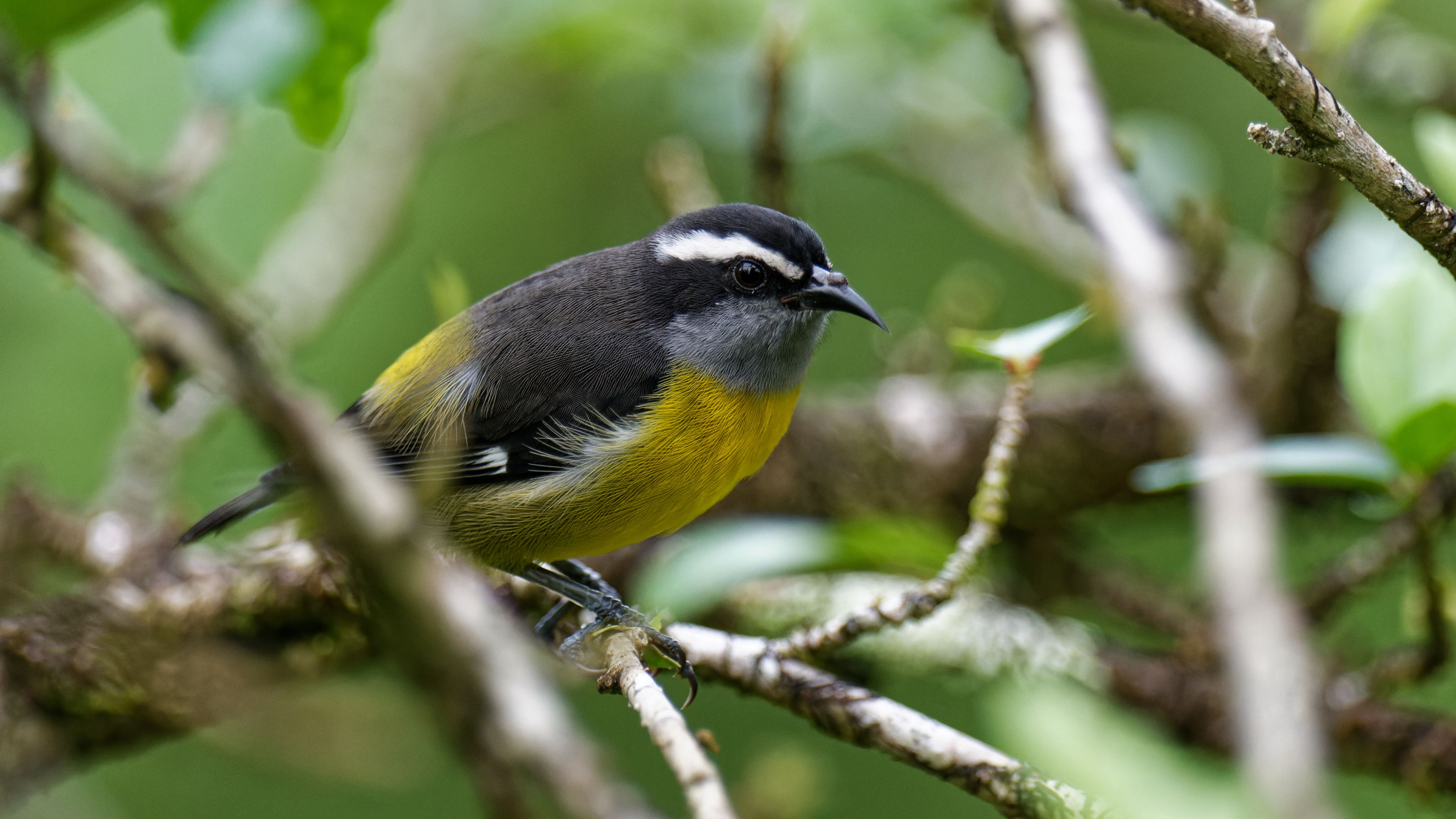
Bocas del Toro is home to some of the most diverse and exciting birding locations in Panama. From mangrove forests teeming with wading birds to cloud forests filled with rare and endemic species, this region offers an exceptional variety of habitats for birdwatchers. Below are some of the best birding spots in Bocas del Toro, where groups can experience incredible sightings and maximize their species count.
Isla Bastimentos National Marine Park & Wetlands
Birding by Boat: Exploring the Mangroves
One of the best ways to explore Isla Bastimentos is by boat. The park’s expansive mangrove forests and coastal wetlands provide the perfect habitat for specialized bird species that thrive in these environments.
- Green Ibis – Often perched at the top of the mangroves, where you can appreciate their iridescent color in good light.
- Yellow-crowned Night Heron – A striking wading bird, frequently spotted along shallow coastal waters.
- American Pygmy Kingfisher – This tiny kingfisher species is a highlight for bird photographers, as it perches low in dense mangrove trees.
Shorebird Hotspots
The park’s beaches, tidal flats, and estuaries provide excellent foraging grounds for a variety of shorebirds and waders. Some key species include:
- Collared Plover – With a black collar, one of the smallest shorebirds in the wetlands.
- Whimbrel – A long-distance migratory shorebird that visits during migration seasons, stopping to feed along Bocas’ coastline.
- Black-necked Stilt - With its long pink legs, stands out with the contract of its black and white feathers.
With its blend of marine, wetland, and forested habitats, Isla Bastimentos is a must-visit destination for any birding group looking for a diverse range of species in a single location.
La Amistad International Park & Cerro Punta
Cloud Forest Birding at High Elevations
For birders looking to experience highland species, La Amistad International Park is one of the most rewarding birding locations in Central America. This vast UNESCO World Heritage Site is shared between Panama and Costa Rica and features pristine cloud forests filled with rare and unique birds.
- Resplendent Quetzal – One of the most sought-after birds in the region, famous for its vibrant emerald-green plumage and long tail feathers.
- Fiery-throated Hummingbird – A dazzling hummingbird that shimmers with iridescent colors when caught in the right light.
- Highland Tinamou – A secretive, ground-dwelling species that is difficult to spot but often heard calling from dense undergrowth.
Mixed-Species Flocks: An Exciting Birding Challenge
Cloud forests are known for their fast-moving mixed-species flocks, where multiple bird species forage together in the dense vegetation. La Amistad is an excellent place to observe this phenomenon, with frequent sightings of:
- Spangle-cheeked Tanager – A striking bird with bright orange cheeks found in high-elevation forests.
- Ruddy Treerunner – This bird climbs mossy branches, foraging for insects among the epiphytes.
- Barred Becard – A small bird that often joins mixed flocks, recognizable by its soft, warbling calls.
La Amistad International Park provides a completely different birding experience from the lowland rainforests of Bocas del Toro, making it a must-visit location for groups looking to expand their species list.
Tranquilo Bay’s Private Birding Reserve
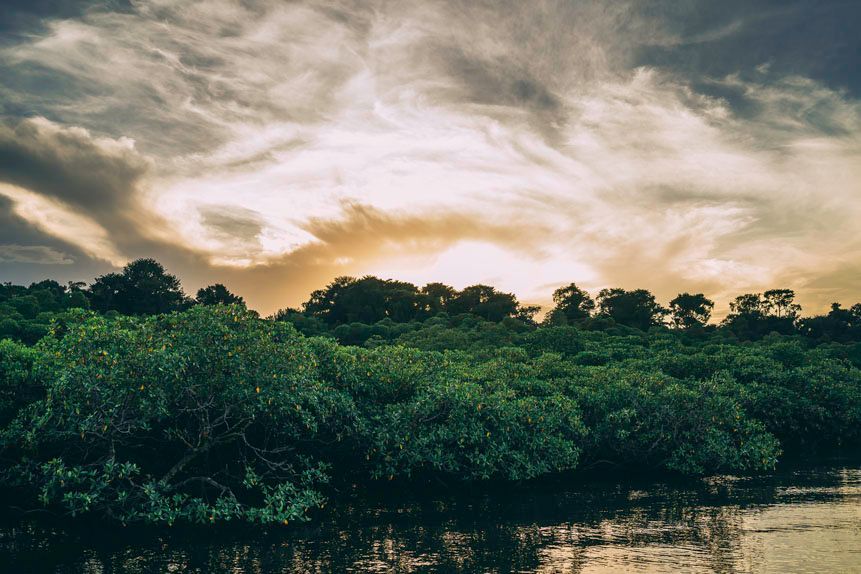
Observation Tower: The Best Spot for Raptor Migration & Canopy Birds
Tranquilo Bay’s private reserve is one of the best places in Bocas del Toro for raptor migration and high-canopy birding. The lodge’s elevated observation tower provides unmatched views of the forest canopy, where birders can see:
- Montezuma Oropendola - One of Panama's most iconic birds, often seen hopping between treetops.
- Common Black Hawk - resident raptors frequently spotted soaring over the forest.
- Red-lored Amazon - Vibrant colors and noisy chatter, flies in flocks in front of the tower.
Fruit-Rich Gardens: A Hummingbird & Tanager Haven
The lush gardens surrounding Tranquilo Bay are planted with native fruiting trees, attracting a variety of hummingbirds, tanagers, and other frugivorous birds. Some of the most common visitors include:
- Crowned Woodnymph – A brilliantly colored hummingbird that flashes purple and green in the sunlight.
- Shining Honeycreeper - A small, energetic tropical tanager, with blue plumage and yellow legs.
- Red-capped Manakin – A bird famous for its fast, dance-like courtship displays.
Birders staying at Tranquilo Bay Eco Adventure Lodge can enjoy incredible birdwatching from their doorstep, making it a perfect home base for group birding tours.
Plan Your Visit to Bocas del Toro’s Top Birding Spots
From mangrove-lined coasts to highland cloud forests, Bocas del Toro offers some of the most exciting and diverse birding opportunities in Panama. Whether you’re spotting Montezuma Oropendola from an observation tower, tracking tanagers in the highlands, or exploring wetlands by boat, every day brings new and unforgettable sightings.
Raptor Migration in Bocas del Toro – A Must-See Phenomenon
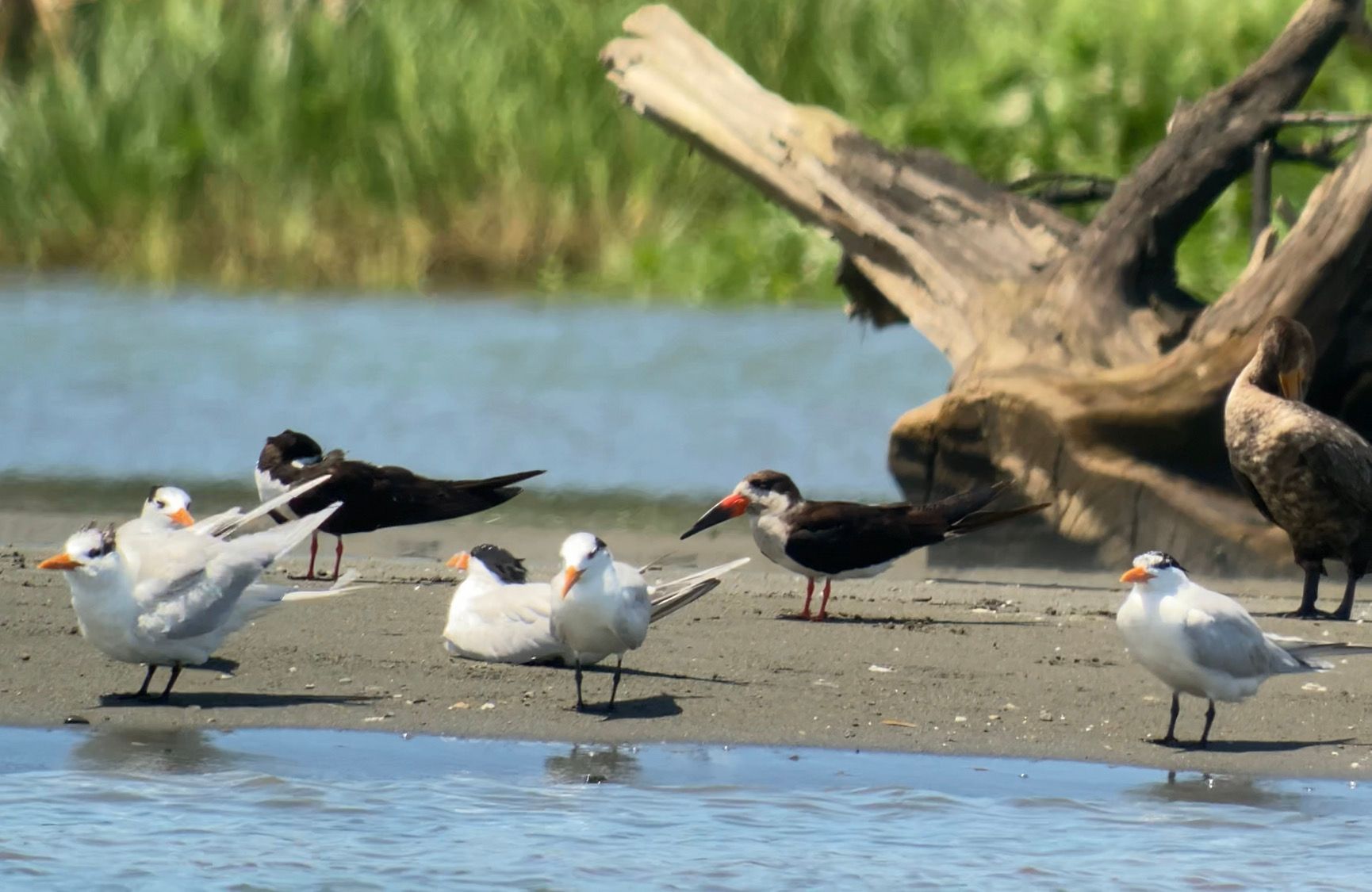
Every year, millions of raptors pass through Bocas del Toro, making it one of the best places in Central America to witness this breathtaking migration. Positioned along the Talamanca migration corridor, this region is a natural funnel for hawks, vultures, and kites as they move between North and South America.
Why Bocas del Toro is One of the Best Places to See Raptor Migration
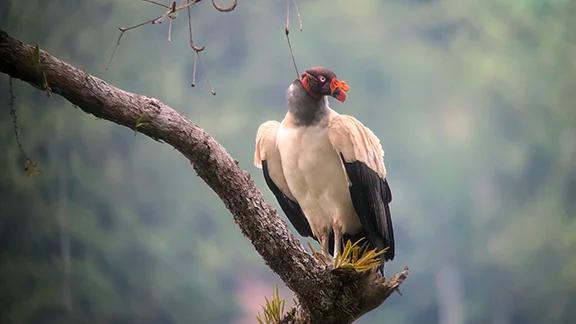
Bocas del Toro offers prime raptor viewing due to its geography and open landscapes. The best locations to witness this event include:
- Tranquilo Bay’s Canopy Tower – Provides elevated, unobstructed views of migrating raptors soaring above the forest.
- Mainland Ridges – Hills and ridgelines create natural vantage points to see birds riding thermal currents.
During peak migration days, thousands of raptors can be seen gliding in formation, creating an unforgettable experience for birdwatchers.
When & Where to See Raptor Migration in Bocas del Toro
Peak Season:
- Late September – mid-November is the best time to witness massive flocks of raptors moving south.
Optimal Viewing Conditions:
- Clear skies and favorable winds allow birds to conserve energy as they ride warm air currents.
Most Common Raptors Observed:
- Turkey Vulture – Millions counted per season, forming massive swirling flocks called kettles.
- Broad-winged Hawk – Frequently seen in groups, making it one of the most commonly observed species.
- Swallow-tailed Kite – An elegant, acrobatic flier, often seen gliding with effortless precision.
Watching thousands of raptors soaring overhead is a truly awe-inspiring spectacle. Whether you’re a seasoned birder or a first-time visitor, the raptor migration in Bocas del Toro is an event you won’t want to miss.
How Weather & Seasons Affect Birding in Bocas del Toro
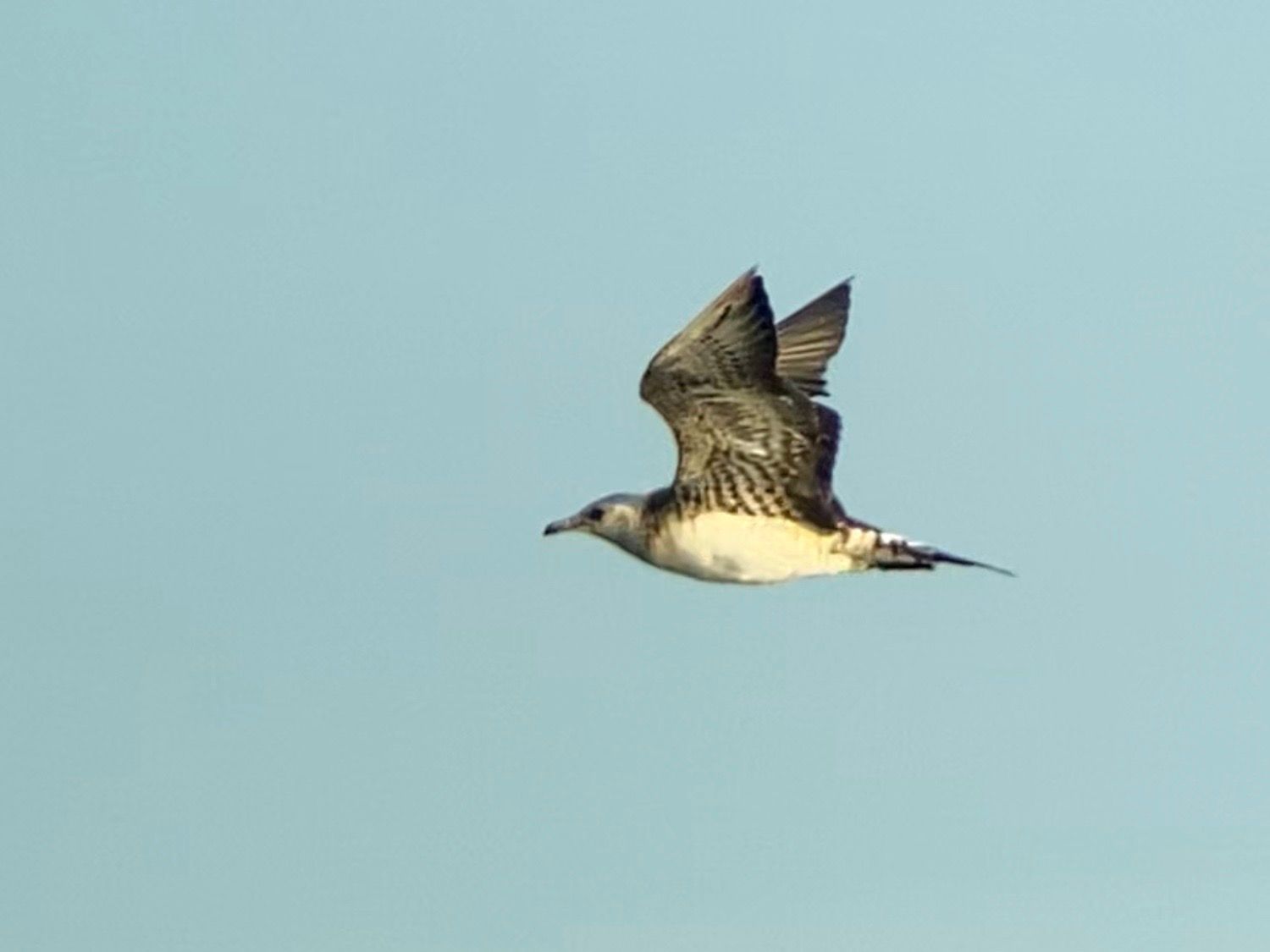
Birding in Bocas del Toro is exciting year-round, but weather and seasons play a key role in bird activity, migration patterns, and overall experience. Understanding when to visit can help birdwatchers make the most of their trip.
Dry Season (December – April)
- Best for comfortable birding conditions – lower humidity and little rain.
- Easy access to remote trails and diverse habitats without muddy terrain.
- Ideal for photography, with bright, clear skies and excellent lighting.
Green Season (May – November)
- Peak breeding season for resident species – birds are more vocal and active.
- Lush landscapes provide food sources, attracting more birds.
- Fewer tourists make for quieter, more immersive birding experiences.
- Prime time for raptor migration (Sept–Nov) and increased warbler activity.
Rain & Bird Activity – What to Expect
- Light rain: Can increase bird activity, as cooler temperatures make birds more active.
- Heavy rain: Birds take shelter, but after storms, feeding frenzies occur, creating great birding opportunities.
No matter the season, Bocas del Toro offers unforgettable birding experiences, with different highlights throughout the year.
Guided Birding Tours & Group Birding Adventures in Bocas del Toro
Bocas del Toro offers guided birding experiences for all levels, from day trips to immersive multi-day adventures. With expert guides and diverse habitats, every tour provides unforgettable sightings.
Full-Day & Multi-Day Birding Excursions
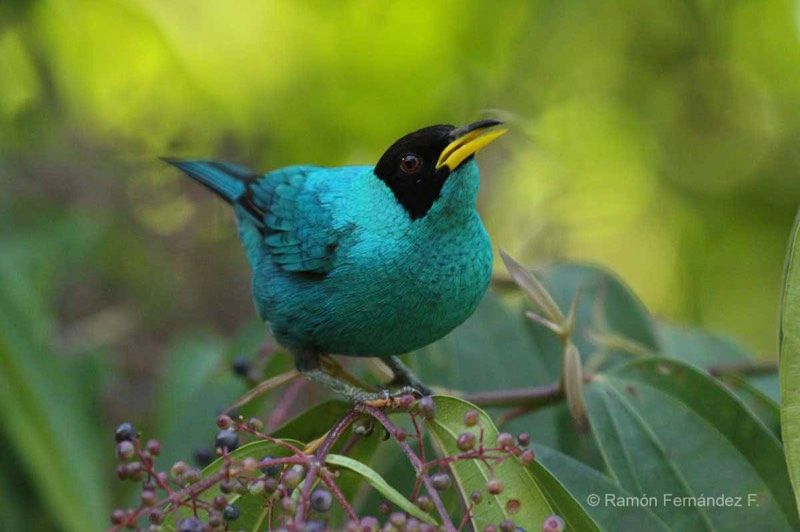
- Explore multiple ecosystems in one trip, from rainforests to coastal wetlands.
- Expert-led tours designed to help you spot rare and migratory species.
- Custom itineraries tailored to your group's birding goals.
Special Night Birding & Owl Tours
- Discover nocturnal species on guided evening hikes.
- Search for Black and White Owl, Common Potoo, and Mottled Owl.
- Experience the unique sounds and behaviors of the rainforest at night.
Birding by Boat – A Unique Bocas Experience
- Glide through mangrove canals and lagoons, spotting coastal and water birds.
- Ideal for photographers looking for close-up shots of waders, herons, and kingfishers.
- A peaceful, scenic way to explore remote birding locations.
Where to Stay – The Best Birding Accommodations in Bocas del Toro
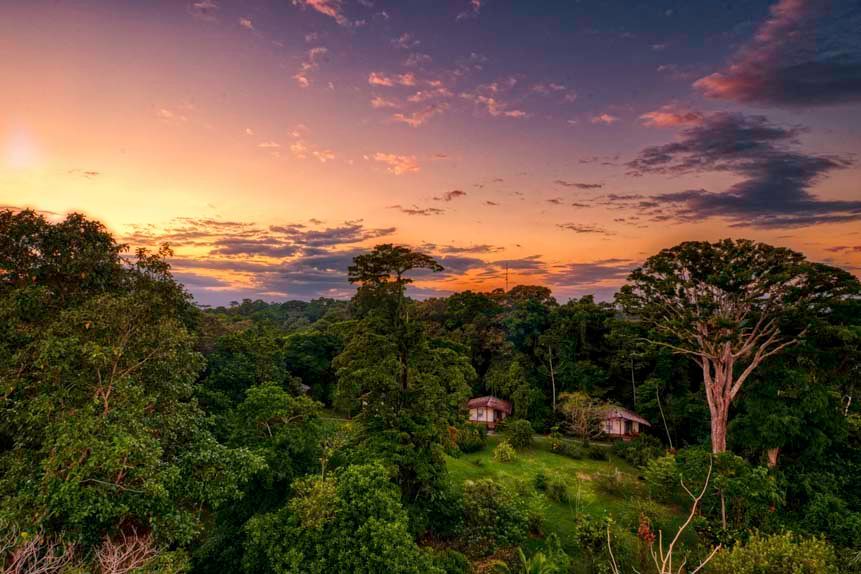
Why Tranquilo Bay is the Top Choice for Birders
- Prime location – Over 200 species recorded on-site.
- All-inclusive birding packages – No need to worry about meals, transport, or logistics.
- Private birding tower for canopy-level viewing of raptors and toucans.
- Expert guides on-site to enhance your experience and increase sightings.
How to Plan Your Birding Trip to Bocas del Toro
Packing List for Birding in Panama
- Essentials: Binoculars (8x or 10x), field guide, rain gear, and comfortable hiking shoes.
- Photography gear: Telephoto lens (300mm+) for capturing distant birds.
- Weather-ready clothing: Lightweight, breathable fabrics for the tropical climate.
Best Time to Book & Availability
- High Season (December – April): Best weather, but book early to secure accommodations.
- Migration Season (September – November): Ideal for raptor migration, but spaces fill quickly.
Plan ahead to get the best birding experience in Bocas del Toro!
FAQs – Everything You Need to Know About Birding in Bocas del Toro
When is the best season for birding?
The dry season (December – April) offers the best weather and excellent visibility for resident species. The green season (May – November) is ideal for breeding birds and lush landscapes. September – November is peak raptor migration season, attracting millions of birds.
What is the group size for birding tours?
Most tours accommodate 6-12 people, ensuring personalized attention from guides while maintaining a social and engaging group experience.
Can we customize our birding itinerary?
Yes! Whether you're targeting specific species, ecosystems, or photography opportunities, itineraries can be tailored to your group’s interests.
How do I book a birding trip?
Booking is easy! Contact us by phone or email to discuss your tour options, or visit our booking page to reserve your spot online.
Book Your Group Birding Adventure in Bocas del Toro Today
Ready to witness the magic of bird migration in Bocas del Toro? Book your guided birding tour today and experience the best of Panama’s birdlife!
Call: (713) 589-6952
Email: info@tranquilobay.com
Book Your Birding Tour Now!
